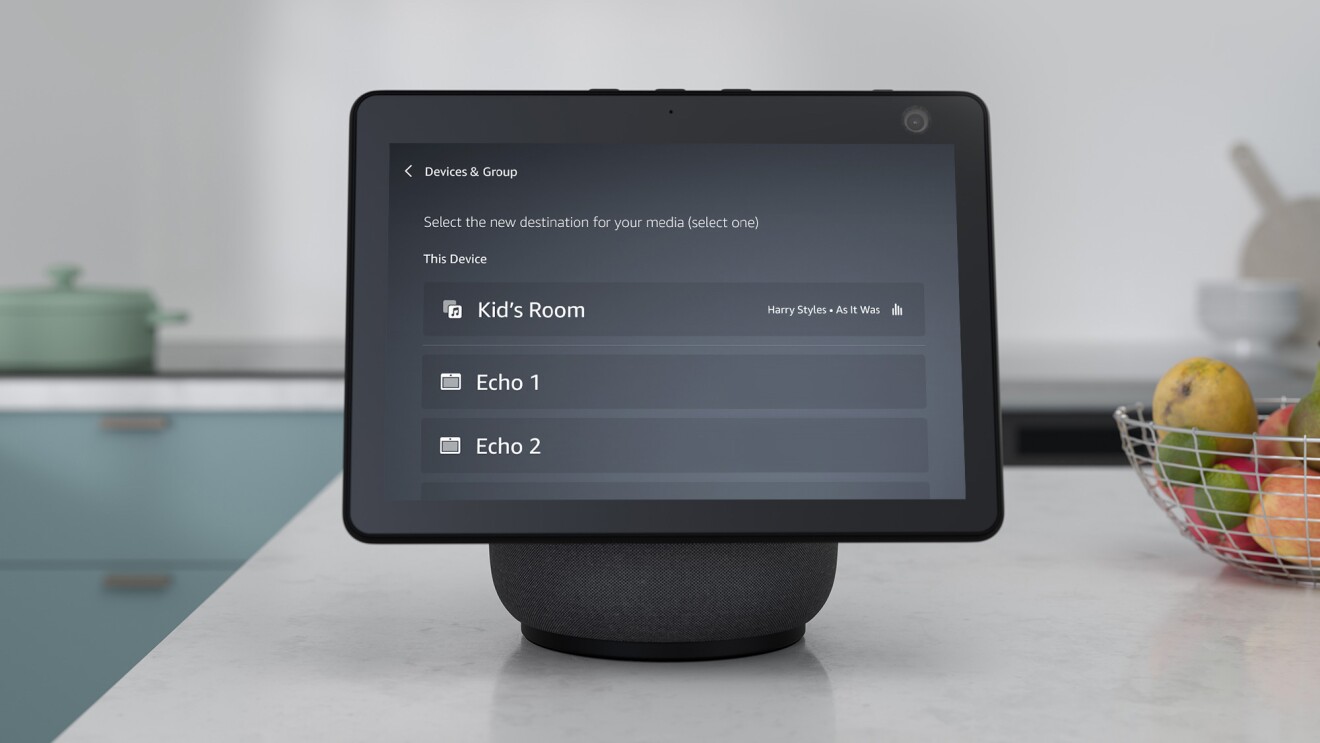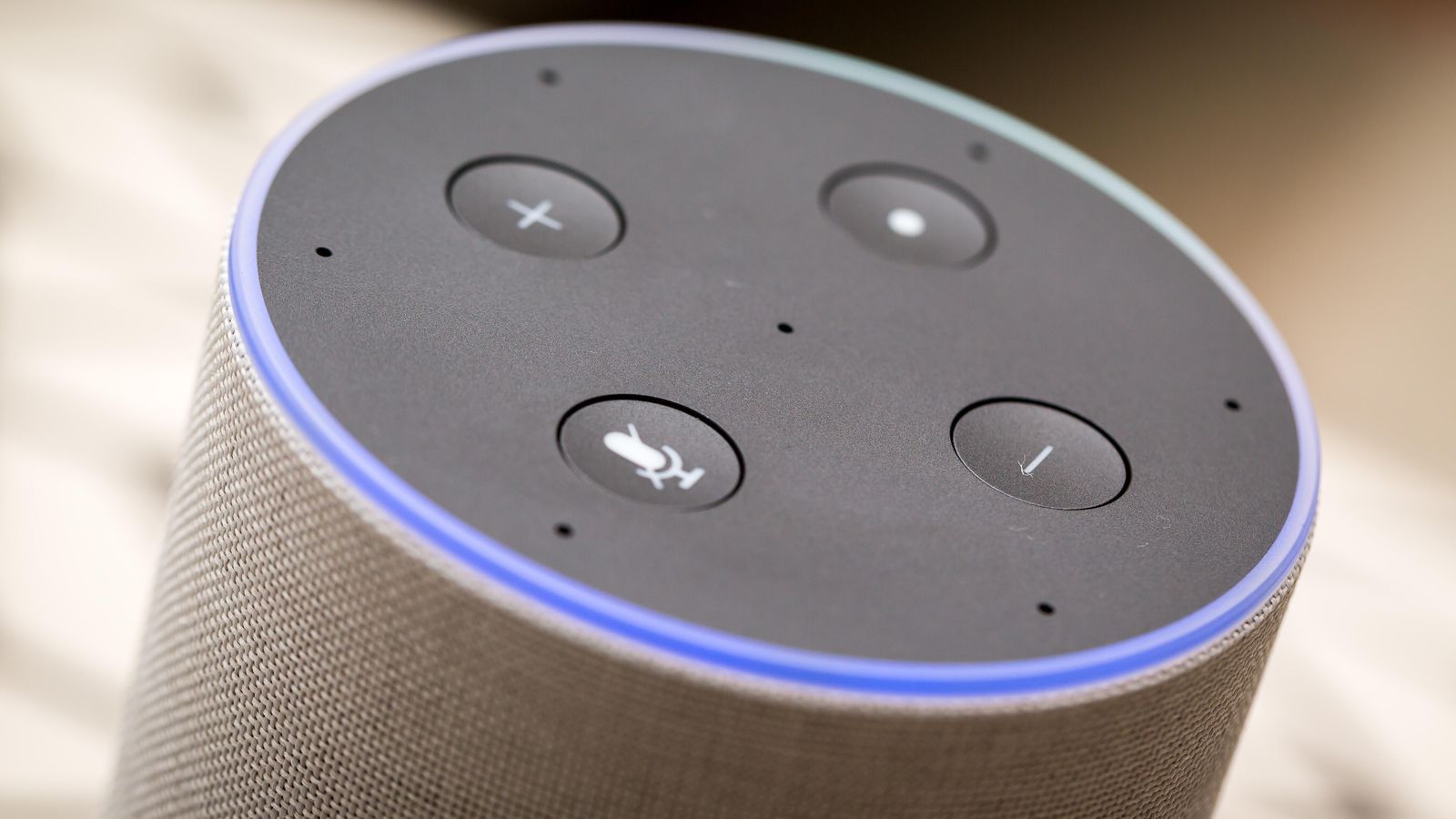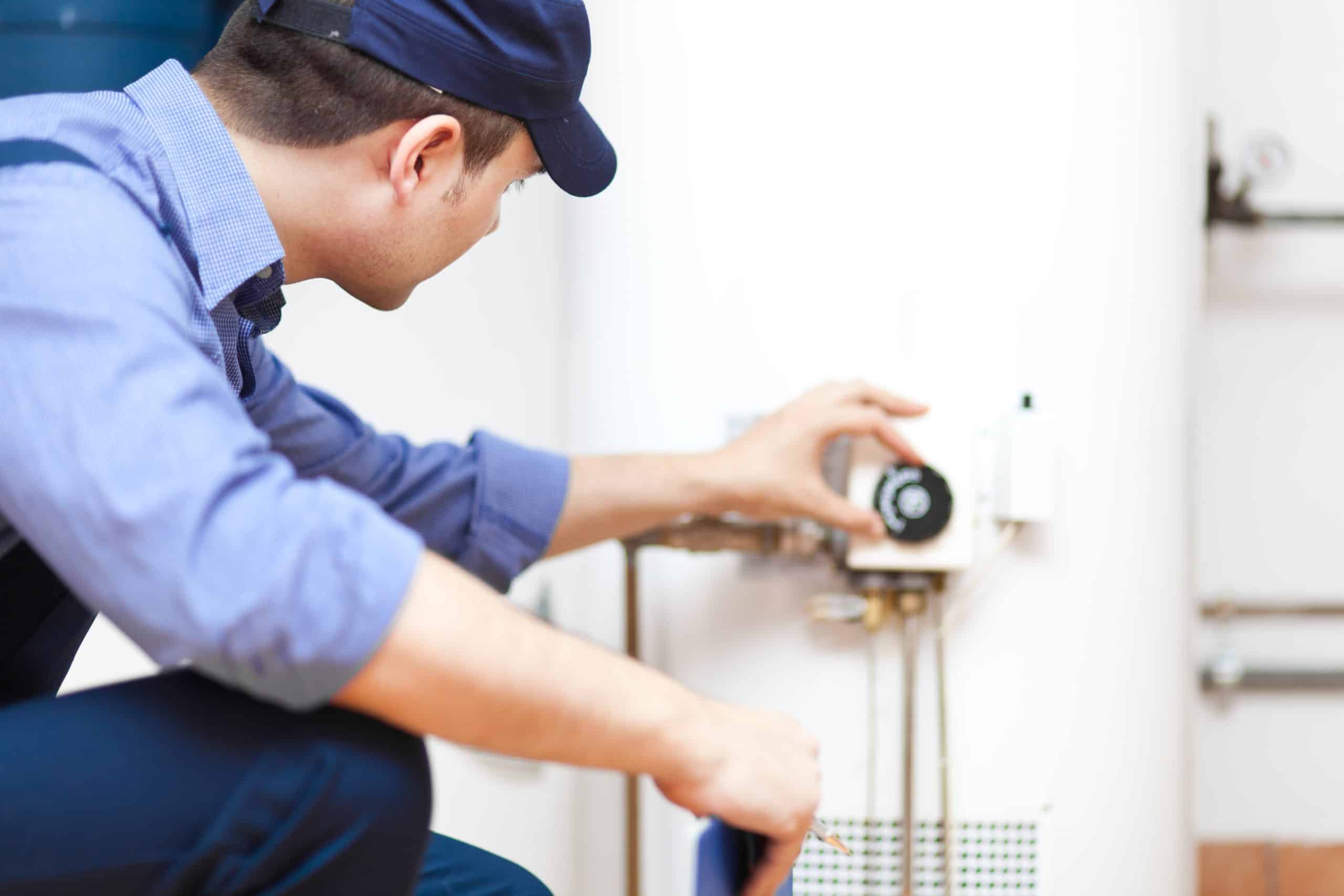Home>Home Appliances>Home Automation Appliances>How Long Does It Take Alexa To Update


Home Automation Appliances
How Long Does It Take Alexa To Update
Modified: January 4, 2024
Discover how long it takes for Alexa to update and improve your home automation appliances. Learn about the update process and optimize your smart home today.
(Many of the links in this article redirect to a specific reviewed product. Your purchase of these products through affiliate links helps to generate commission for Storables.com, at no extra cost. Learn more)
Introduction
The rapid advancement of technology has ushered in a new era of convenience and efficiency, transforming the way we interact with our homes. With the emergence of smart home devices, such as Amazon's Alexa, homeowners can effortlessly control various aspects of their living spaces with simple voice commands. However, to ensure optimal performance, it is crucial for these devices to receive timely updates. In this article, we will delve into the intricacies of Alexa updates, exploring the factors that influence their duration and providing valuable insights into expediting the update process. Understanding the nuances of Alexa updates can empower users to make the most of their smart home experience, ensuring that their devices remain at the forefront of innovation.
Key Takeaways:
- Stay ahead with Alexa updates to enjoy new features and security. Factors like update size, internet speed, and device performance affect update duration.
- Speed up Alexa updates by optimizing internet connection, scheduling updates during off-peak hours, and prioritizing critical updates for prompt installation.
Read more: How Do I Update Alexa
Understanding Alexa Updates
As a multifaceted virtual assistant, Alexa is constantly evolving to offer enhanced functionality and improved user experiences. Alexa updates encompass a wide range of enhancements, including bug fixes, security patches, new features, and performance optimizations. These updates are designed to bolster the capabilities of Alexa-enabled devices, ensuring that users benefit from the latest technological advancements and a seamless smart home ecosystem.
It’s important to note that Alexa updates are not limited to the virtual assistant itself; they also encompass the firmware and software of compatible smart home devices. By staying abreast of the latest updates, users can harness the full potential of their smart home devices, accessing new features and enjoying a more intuitive and responsive user experience.
Furthermore, Alexa updates play a pivotal role in maintaining the security and privacy of connected devices. As cyber threats continue to evolve, regular updates are essential for fortifying the defenses of smart home devices and safeguarding sensitive data. By comprehending the significance of Alexa updates, users can cultivate a proactive approach to device maintenance, ensuring that their smart home ecosystem remains resilient and secure.
Factors Affecting Alexa Update Time
The duration of Alexa updates can be influenced by a myriad of factors, each contributing to the overall time required for the update process. One of the primary determinants is the size and complexity of the update itself. Larger updates, such as those introducing substantial feature enhancements or addressing critical security vulnerabilities, may necessitate more time to download, install, and configure. Conversely, smaller updates focused on minor bug fixes or performance tweaks typically require less time to implement.
Another crucial factor that can impact Alexa update time is the speed and stability of the internet connection. Since Alexa updates are predominantly delivered over the internet, the efficiency of the user’s network connection directly influences the speed at which updates are downloaded and installed. A robust and high-speed internet connection can expedite the update process, while slower or unstable connections may prolong the duration of updates, leading to potential frustration for users.
Additionally, the number of connected devices within the smart home ecosystem can affect the time required for Alexa updates. When multiple devices are interconnected and reliant on a single network for updates, the distribution of bandwidth and resources among these devices can impact the overall update duration. Consequently, users with extensive smart home setups may experience longer update times due to the concurrent update processes across multiple devices.
Furthermore, the performance of the Alexa-enabled device itself can influence update time. Older or less powerful devices may require additional time to process and implement updates compared to newer, more robust counterparts. This discrepancy in processing capabilities can contribute to variations in update durations across different Alexa-enabled devices.
Lastly, the timing of the update can also play a role in its duration. During peak usage hours, such as evenings when many users are actively engaging with their smart home devices, the servers responsible for delivering updates may experience higher traffic, potentially leading to slower download speeds and longer update times. Understanding these factors can provide users with valuable insights into the dynamics of Alexa updates, enabling them to optimize their smart home environment for efficient update management.
Alexa updates its information regularly, but the exact time it takes can vary. Generally, it can take anywhere from a few minutes to a few hours for Alexa to update its data.
Typical Timeframe for Alexa Updates
The duration of Alexa updates can vary widely based on several factors, making it challenging to pinpoint an exact timeframe for the update process. Generally, minor updates, such as routine bug fixes and performance optimizations, can be completed within a matter of minutes. These incremental updates are designed to seamlessly integrate into the existing software, requiring minimal downtime and user intervention.
Conversely, major updates encompassing substantial feature enhancements, security patches, or firmware upgrades may necessitate a longer timeframe for completion. Depending on the complexity and scope of the update, users may experience update durations ranging from several minutes to upwards of an hour. During this time, the update is downloaded, installed, and configured to ensure a smooth transition to the updated software version.
It’s important to note that the update process typically occurs in the background, allowing users to continue using their Alexa-enabled devices for non-critical tasks while the update is underway. This approach minimizes disruptions to the user experience and ensures that essential functionalities remain accessible throughout the update process.
Moreover, the frequency of Alexa updates can influence the overall timeframe for updates. Routine updates released at regular intervals, often aimed at addressing minor issues and refining existing features, tend to require less time for implementation. Conversely, less frequent but more substantial updates may demand a longer timeframe to accommodate the comprehensive changes introduced by the update.
Understanding the typical timeframe for Alexa updates empowers users to anticipate and plan for potential update windows, enabling them to manage their smart home activities effectively. By recognizing the variability in update durations and the factors that contribute to these fluctuations, users can align their expectations with the realities of the update process, fostering a more informed and proactive approach to smart home maintenance.
Ways to Expedite Alexa Updates
While the duration of Alexa updates is influenced by various factors, users can employ several strategies to expedite the update process and optimize the performance of their Alexa-enabled devices. One effective approach to accelerating updates is to ensure a stable and high-speed internet connection. By leveraging a reliable network with ample bandwidth, users can enhance the download and installation speeds of updates, reducing the overall time required for the update process.
Furthermore, scheduling updates during off-peak hours can mitigate potential delays caused by high server traffic. By initiating updates during periods of reduced network congestion, such as early morning or late night, users can capitalize on optimal download speeds and streamlined update delivery, expediting the overall update duration.
Regularly restarting Alexa-enabled devices can also contribute to faster update implementation. Rebooting the devices at appropriate intervals can clear system caches, optimize system resources, and facilitate the seamless integration of updates, potentially reducing the time needed for updates to take effect.
Another effective strategy to expedite Alexa updates is to prioritize critical updates and allocate sufficient bandwidth to facilitate their swift delivery and installation. By identifying and prioritizing updates addressing security vulnerabilities and essential performance enhancements, users can ensure that these updates receive prompt attention, minimizing potential security risks and optimizing the overall functionality of their smart home ecosystem.
Moreover, keeping Alexa-enabled devices up to date with the latest firmware and software versions can streamline the update process. By maintaining a proactive approach to device maintenance and promptly installing available updates, users can mitigate the accumulation of pending updates, thereby reducing the overall time required for subsequent update implementations.
By leveraging these strategies, users can proactively expedite Alexa updates, fostering a more responsive and optimized smart home environment. Understanding the nuances of the update process and implementing these expedient measures can empower users to maximize the efficiency and performance of their Alexa-enabled devices, ensuring that they remain at the forefront of innovation and security.
Read more: How Long Does Plumbing Take
Conclusion
As smart home technology continues to evolve, the role of virtual assistants like Alexa in orchestrating seamless and intuitive home automation experiences becomes increasingly pivotal. Central to the optimal performance of Alexa-enabled devices is the timely implementation of updates, which encompass a diverse array of enhancements ranging from feature enrichments to security fortifications. By comprehending the multifaceted nature of Alexa updates and the factors influencing their duration, users can proactively navigate the update process, fostering a more responsive and secure smart home ecosystem.
Understanding the dynamic interplay of factors affecting Alexa update time, such as the size and complexity of updates, internet connection stability, and device performance, empowers users to anticipate and manage update durations effectively. By leveraging expedient strategies, including network optimization, strategic update scheduling, and proactive device maintenance, users can accelerate the update process, minimizing potential disruptions and ensuring that their smart home devices remain at the forefront of innovation.
Ultimately, the typical timeframe for Alexa updates varies based on the nature of the update, the user’s network environment, and the specific devices involved. By aligning their expectations with the inherent variability of update durations and adopting proactive measures to expedite updates, users can cultivate a more streamlined and responsive smart home experience.
As users harness the potential of Alexa to orchestrate their smart home environments, staying attuned to the nuances of the update process is paramount. By embracing a proactive and informed approach to managing Alexa updates, users can optimize the performance, security, and functionality of their smart home ecosystem, ensuring that it remains a beacon of convenience, innovation, and reliability in their daily lives.
Frequently Asked Questions about How Long Does It Take Alexa To Update
Was this page helpful?
At Storables.com, we guarantee accurate and reliable information. Our content, validated by Expert Board Contributors, is crafted following stringent Editorial Policies. We're committed to providing you with well-researched, expert-backed insights for all your informational needs.















0 thoughts on “How Long Does It Take Alexa To Update”